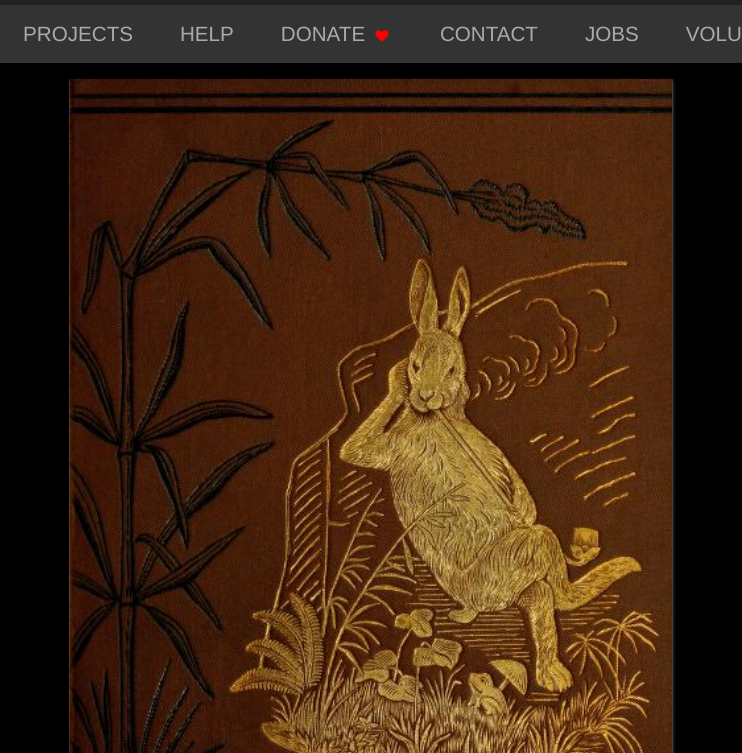So, insofar as Harris's books do provide indirect evidence of African American storytelling traditions in the 19th century, they are of great value, but they cannot, and should not, stand on their own. We need to separate the stories from Harris's racist project of sentimentalizing slavery and then re-locate the stories in the larger African American storytelling tradition (hence this blog).
As part of that process of liberating the stories from Harris's plantation fantasy, I have re-edited the stories in order to strip out the Uncle Remus frametale, and also to reduce the use of eye-dialect. You can see the result here: Brer Rabbit, Tales of a Trickster. In that blog, you'll find all 184 of Harris's stories retold; see the right-hand sidebar of the blog for the links, story by story, book by book.
Harris's first book was Uncle Remus: His Songs and Sayings, published in 1881. The book contains folktales plus proverbs and songs, and then the "sayings" of Uncle Remus which are Harris's own fictional stories, his sentimental fantasies about plantation life. (As Harris himself explains in the introduction to the book, his imaginary Uncle Remus "has nothing but pleasant memories of the discipline of slavery.")
The first edition features illustrations by F. S. Church and J. H. Moser, and they draw the human characters, besides Uncle Remus, as white. Just as Remus's audience is a little white boy, the illustrators imagine the readers of the book as white, which is then reflected in their illustrations. Here you can see Brer Rabbit and Brer Turtle with the "gals" for example, and they are shown as white:
For a listing of the stories with summaries of each one, plus a link to the version in Julius Lester's version of the stories, see this page: Uncle Remus Index. Julius Lester's version of the stories also removes the Uncle Remus frame and retells the stories much more freely, seeking to connect with young readers of today... plus it has beautiful illustrations by Jerry Pinkney! Lester did not follow the order of Harris's books; instead, he put the stories in his own order. So, the stories from this book of Harris appear in Lester's Tales of Uncle Remus, More Tales of Uncle Remus, Further Tales of Uncle Remus, and Last Tales of Uncle Remus, all of which are bound together in his The Complete Tales.

In Pinkney's vision of the stories, the human characters are African American, so here is his depiction of the gals from the story of Brer Rabbit and Brer Turtle outfoxing Brer Fox when they go to see the gals:
Harris's books are of historical value, to be sure, but if you are looking for a version of Brer Rabbit's stories just to read and enjoy, I'd recommend Lester's book, and it too is just a click away at the Internet Archive!
by Joel Chandler Harris





No comments:
Post a Comment
Comments are limited to Google accounts. You can also email me at laurakgibbs@gmail.com or find me at Twitter, @OnlineCrsLady.